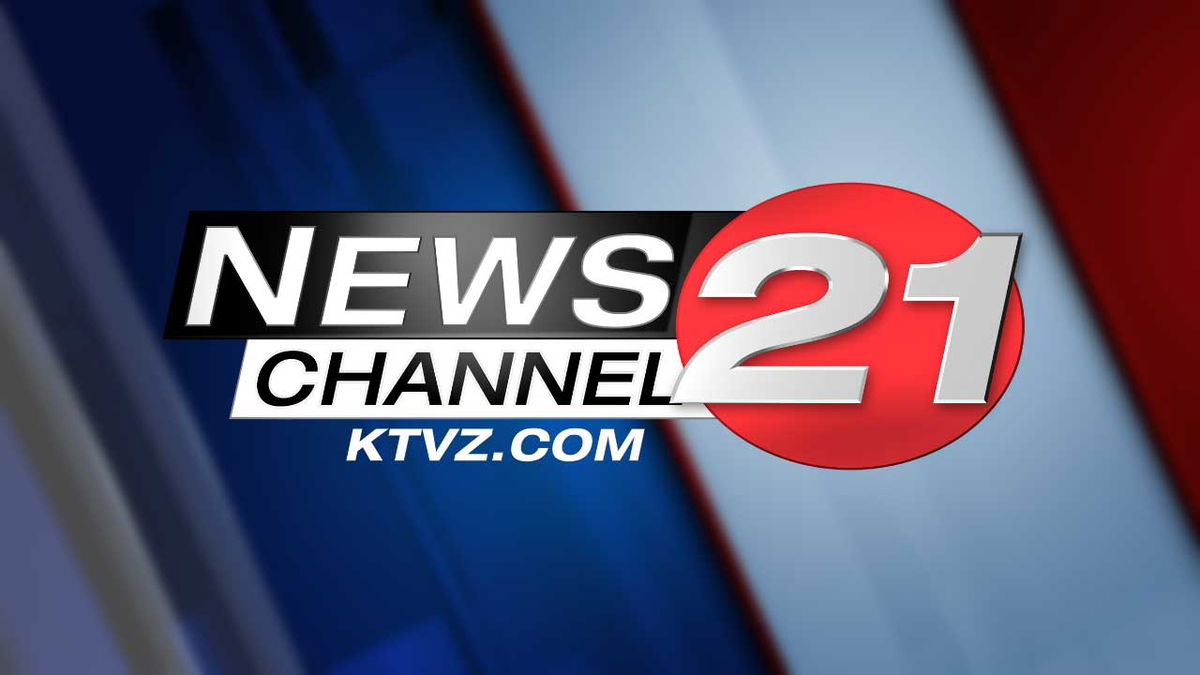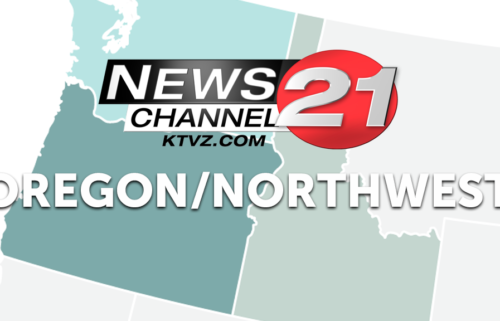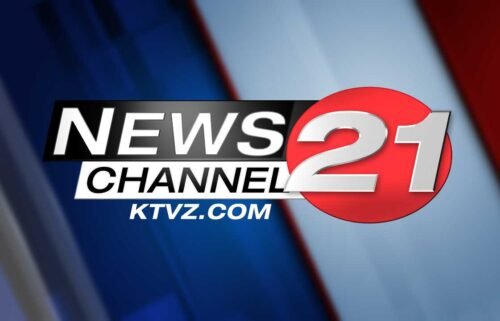Idaho tax collections fall short, but budget surplus remains

By KEITH RIDLER
Associated Press
BOISE, Idaho (AP) — Idaho revenue from tax collections was $50 million below expectations for the first three months of the current fiscal year, but the state still has a $1.5 billion budget surplus, officials said Monday.
The Legislative Services Office said September’s revenue was down about $11 million, with sales and corporate income taxes below predictions. That follows similar misses by small amounts on projections for July and August.
Despite the $50 million drop, about 3.6%, in projected revenue for the first three months of this fiscal year, the state is still seeing revenue growth and bringing in more money compared to the same period last year — about $94 million more, or 7.5%.
The Division of Financial Management also released a report earlier this month providing a snapshot of the state’s finances.
Both reports include a $500 million income tax rebate this year approved by lawmakers in a special session in September, as well as an ongoing income and corporate tax cut that takes effect Jan. 1. The ongoing cut comes from creating a 5.8% flat tax that is expected to cut more than $100 million from revenue for the current fiscal year, which ends June 30. Those tax cuts came out of a budget surplus then estimated at about $2 billion.
Total revenue for September was $532 million, and more than $1.3 billion for July, August and September combined.
Overall, officials for the current fiscal year say that expected net revenues are $6.213 billion, while total appropriations are $4.693 billion.
That leaves a projected budget surplus of about $1.5 billion, even after the tax cuts, potentially setting up debate for additional tax cuts when lawmakers in the deeply conservative state meet in January when the Legislature convenes.
But it’s also possible state revenue could continue to fall below expectations due to economic headwinds, with high inflation a primary concern that could inhibit consumer spending.
Madison Hardy, Republican Gov. Brad Little’s spokeswoman, said in a statement to The Associated Press that the state is “well positioned to handle any economic volatility because Gov. Little and the Legislature have managed the state budget prudently for years on end. We have prioritized unprecedented tax relief amid historic inflation, made one-time investments, paid off debt, addressed deferred maintenance, and saved for a rainy day with our record budget surpluses.”
Some lawmakers in the special session argued surplus money should be used for property tax relief or to eliminate sales taxes on groceries. But the majority of lawmakers in recent years have preferred targeting individual and corporate income tax reductions.
Little in February signed into law what was then the biggest tax cut in Idaho’s history — a combined $600 million that included a one-time $350 million in tax rebates and $250 million in permanent income tax reductions going forward for people and businesses. That’s on top of tax cuts in 2021, which combined with the tax cuts enacted in February, reached nearly $1 billion.
The new tax rebates and cuts approved in September and signed by Little raised the tax relief amount to more than $1.5 billion.
Idaho in recent years has more often seen monthly revenue greatly exceed projections, spurred by a combination of fast population growth and three influxes of federal COVID-19 rescue money that has heated up the state’s economy.
Idaho’s big revenue months are January, when sales taxes from the Christmas shopping season start showing up; April, when income taxes are due; and June, when travel season kicks in and revenues jump — bolstered in part by tourist money and the state’s 6% sales tax.



